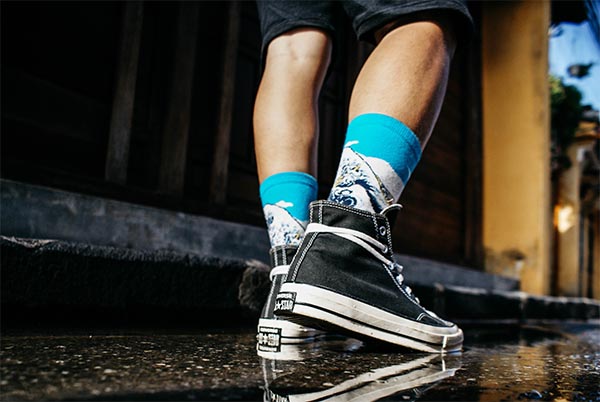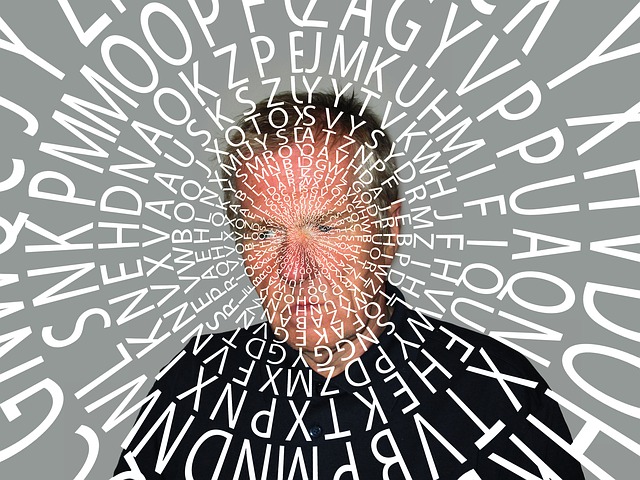 The hip is a very unique joint. The depth of the socket, the strength of the muscles and ligaments surrounding it, and the way it functions in weight-bearing activities is unlike any other joint in the body. The focus this article is on the relationship between the hip and the rest of the body.
The hip is a very unique joint. The depth of the socket, the strength of the muscles and ligaments surrounding it, and the way it functions in weight-bearing activities is unlike any other joint in the body. The focus this article is on the relationship between the hip and the rest of the body.
The hip joint is a synovial joint, meaning it moves freely. It is a ball-and-socket joint that is made up of the femoral head (the “ball”) and the acetabulum (the “socket”). The ball is largely contained within the cup or socket, though there are genetic and cultural differences with regards to the depth and shape of the hip joint in any one individual.
The relationship between the hip and the surrounding joints is one of reliance – each affects the next. For instance, ankle pronation—or the inward rolling of the foot and ankle—results in a knocked knee, which can then shift the hip outwards. The pelvis then drops down on that side, the tailbone or sacrum becomes unleveled or sloped, and the lower spine curves to compensate with the ultimate goal of keeping your eyes level. Hence, when your hip hurts, your doctor of chiropractic will examine and treat the ENTIRE lower kinetic chain—the foot, ankle, knee, hip, pelvis, and spine—as ALL are so closely related to each other. When it comes to managing you and your hip pain, be prepared for management of any of the following:
- Ankle pronation: This is the inward rolling of the ankle often associated with a flat foot. When viewing someone with ankle pronation from behind, the angle from the Achilles tendon to the ground will lean inward when it normally should be perpendicular. A valgus correction in a “rear foot post”—a heel wedge thicker on the inside—of a foot orthotic (customized arch support) is needed to correct this.
- Knocked-knees: Ankle pronation can result in “knocked-knees” (genu valgus) which overloads or jams the outer knee joint, over-stretching the inner knee joint and ligaments. The knee cap (patella) then rides excessively hard on the outer surface of the femoral groove in which it glides as one bends and straightens their knee, causing knee cap pain.
- Hip inward angulation (or coxa vera): As the knee shifts inward or knocks, the head of the femur moves outward, leaving the joint less stable. Leg length deficiency (LLD)—or a short leg—occurs when the pelvis drops on that side further destabilizing the lower kinetic chain.
Once ankle pronation is properly corrected with a rear foot post and the hind foot is repositioned back to neutral, a heel lift can be placed under the foot orthotic to correct this imbalance. ONLY then will the pelvis become level and stable so it can properly serve as a strong foundation for the spine the rest of the body to rest on!
About Discover Health & Wellness – Ken Caryl
 Dr. Dale Zagiba of Discover Health & Wellness Ken Caryl is located just off West Chatfield Avenue and Shaffer Parkway and serves the communities of Littleton and Ken Caryl. Discover Health & Wellness offers patients a natural and holistic approach to health improvement and pain reduction. Services at Discover Health & Wellness include chiropractic care, spinal correction, corrective exercises, lifestyle advice, nutritional counseling, massage therapy, allergy treatment and spinal and postural screenings.
Dr. Dale Zagiba of Discover Health & Wellness Ken Caryl is located just off West Chatfield Avenue and Shaffer Parkway and serves the communities of Littleton and Ken Caryl. Discover Health & Wellness offers patients a natural and holistic approach to health improvement and pain reduction. Services at Discover Health & Wellness include chiropractic care, spinal correction, corrective exercises, lifestyle advice, nutritional counseling, massage therapy, allergy treatment and spinal and postural screenings.
Visit http://discoverhealthandwellness.com/ for more information on hours, services and location.
Discover Health & Wellness, Ken Caryl
8081 Shaffer Pkwy, Ste B3
Littleton, CO 80127
(303) 955-0570
https://kencarylchiropractor.com




